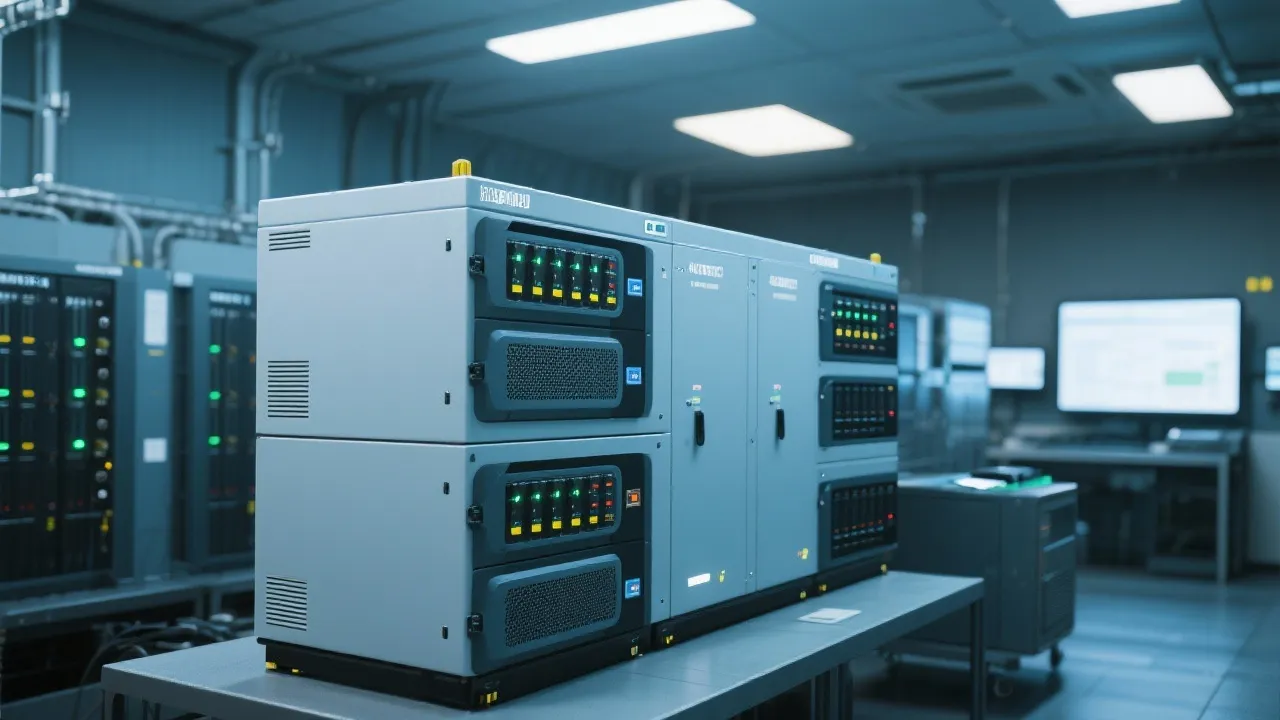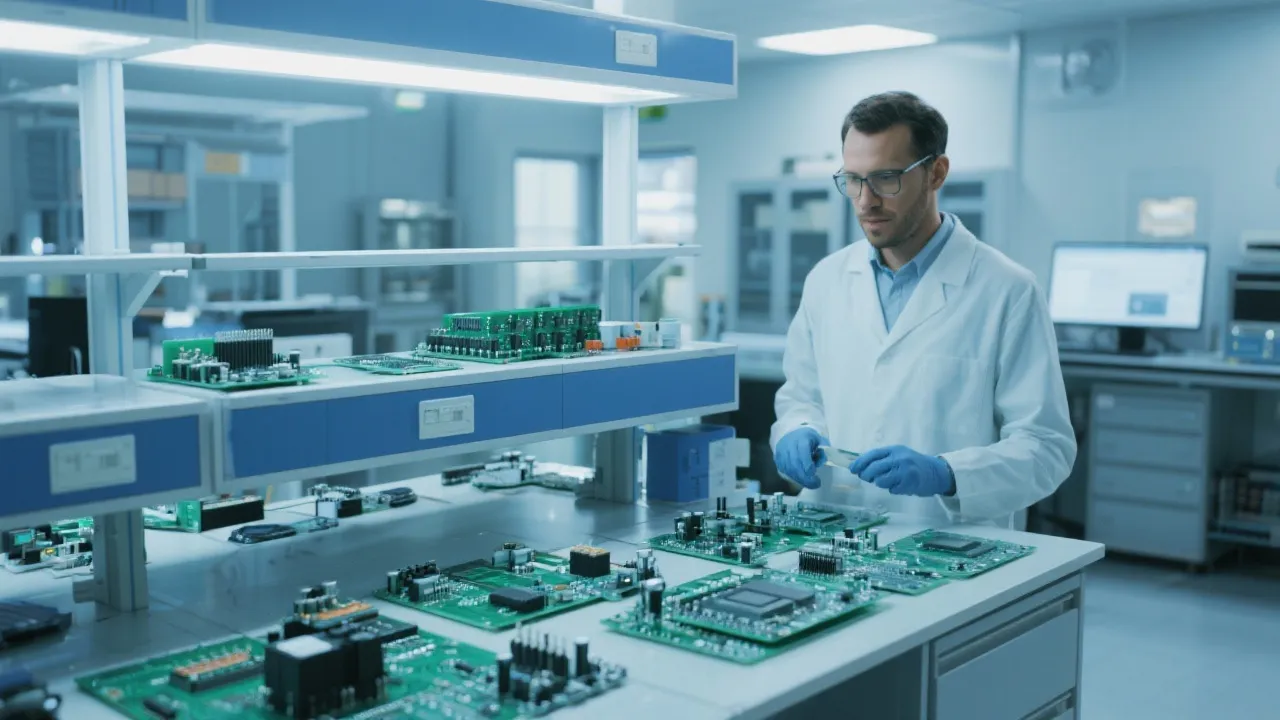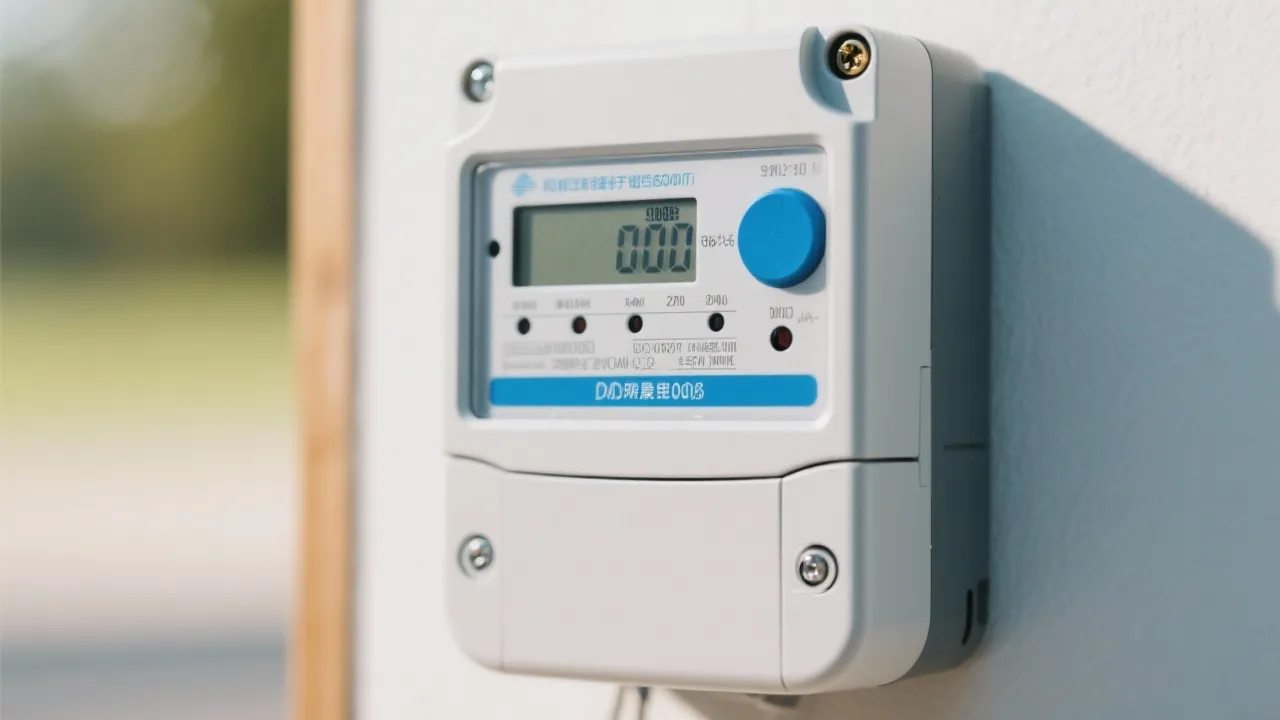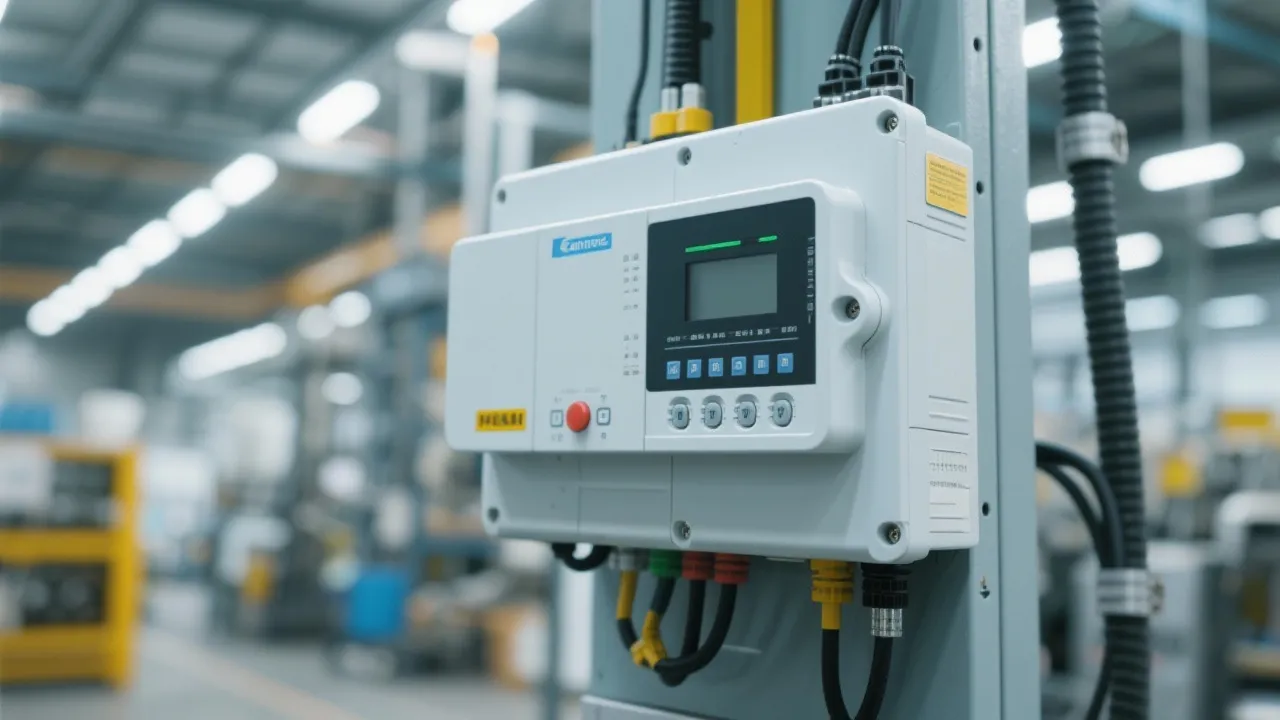Understanding Caterpillar Injectors
The article delves into the essential aspects of Caterpillar injectors, critical components in diesel engines that enhance fuel efficiency and performance. Caterpillar injectors, known for their durability and precision, play a vital role in maintaining the engine’s overall functionality by ensuring proper fuel atomization and mixing with air for optimal combustion.
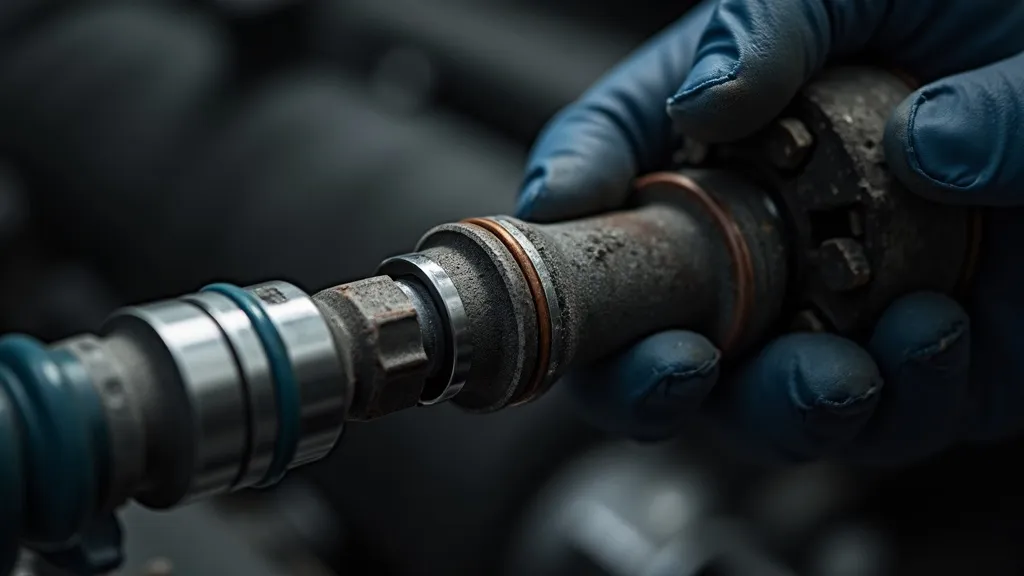
Caterpillar Injectors: An Integral Component for Engine Performance
In the world of heavy machinery and diesel engines, Caterpillar injectors stand out as crucial components that guarantee both fuel efficiency and engine performance. Designed to withstand harsh conditions, these injectors are renowned for their reliability and precision. This article aims to provide a comprehensive overview of the function, significance, and operational principles of Caterpillar injectors centered around their role in the diesel engines of Caterpillar machinery. Specifically, we will explore the intricacies of their design, the technologies involved in their operation, and the various implications of their use in real-world applications.
The Role of Caterpillar Injectors
At the core of the diesel engine’s operation, Caterpillar injectors serve the primary purpose of introducing fuel into the combustion chamber with extreme precision. This is achieved through a process known as atomization, where the injector breaks down the fuel into a fine mist to ensure a complete and efficient burn. The atomization process is vital because it increases the surface area of the fuel, allowing it to mix thoroughly with air—thereby enhancing combustion efficiency. The efficiency of this process directly correlates with engine performance, impacting aspects such as power output, fuel economy, and emissions, which are increasingly important in today’s environmentally-conscious market.
The injectors function through advanced technology, often employing solenoid or piezoelectric mechanisms to control the precise timing and duration of fuel delivery. This precision is crucial for ensuring that the fuel is released into the combustion chamber when the piston is in an optimal position for combustion. Furthermore, the design of Caterpillar injectors allows them to operate effectively even under various load conditions, adapting to changes in engine demand seamlessly. This responsiveness ensures that operators can rely on consistent power output, whether operating under full load or during lighter tasks.
Technical Aspects of Caterpillar Injectors
Caterpillar injectors are meticulously engineered to operate under high-pressure conditions, ensuring the fuel is delivered at the correct timing and in the precise quantity required by the engine load. The pressures can reach up to 30,000 psi or even higher depending on the specific injector model and engine requirements. These high-pressure injectors not only enhance the combustion process but also contribute to reducing harmful emissions, aligning with environmental standards and regulations. Innovations in injector technology, such as multiple injection strategies, allow for finer control over the combustion process, further improving efficiency and reducing emissions.
The materials used in the construction of Caterpillar injectors are equally important. High-quality alloys and coatings are often employed to enhance resistance to wear, corrosion, and heat, all of which are common challenges in the demanding environments where Caterpillar machinery operates. The design also incorporates features that minimize the risk of deposits forming in the injector nozzle, which can lead to performance issues over time. Regular testing and quality control throughout the manufacturing process ensure that each injector meets stringent performance standards before it leaves the factory.
Understanding the Market and Suppliers
Due to their importance in engine performance, Caterpillar injectors are a highly sought-after component in the global market. The demand for Caterpillar parts stems from their robust reputation and the essential role they play in maintaining operational efficiency. Leading suppliers and distributors focus on delivering authentic and high-quality injectors to maintain engines' optimal functionality. Caterpillar’s extensive distribution network ensures that operators can access genuine parts quickly to minimize downtime.
The aftermarket industry also offers alternatives, though operators often prefer genuine components for longevity and reliability. While aftermarket injectors can be tempting because of their lower price points, they may not always meet the same quality standards as those produced by Caterpillar. Issues such as compatibility, performance, and long-term durability often lead operators to prioritize original parts over cheaper substitutes. It is essential for operators to consider the total cost of ownership, including maintenance and replacement intervals, when deciding which injectors to purchase.
Common Issues and Maintenance
Despite their durability, Caterpillar injectors can face issues such as clogging, wear and tear, or leaks over time. Regular maintenance and inspection are crucial to prolonging their lifespan. Addressing any anomalies swiftly can prevent engine misfires, decreased efficiency, and increased emissions. Ensuring proper fuel quality and system cleanliness can significantly reduce the likelihood of injector-related issues.
Caterpillar provides guidelines and best practices for the maintenance of their injectors, including the use of specified fuels and lubricant types. Operators should also engage in periodic inspections that involve checking for physical wear, proper alignment, and cleanliness of the injector nozzles. Integrating these practices into a routine maintenance schedule not only helps in preventing major issues but also keeps the engine running in peak condition.
| Common Issues | Solution |
|---|---|
| Clogging | Regular fuel filter replacements and use of cleaner fuel additives. |
| Wear and Tear | Routine inspections and timely replacement of worn parts. |
| Leaks | Immediate replacement and ensuring proper installation. |
Frequently Asked Questions
- What is the lifespan of a Caterpillar injector? With proper maintenance, a Caterpillar injector can last between 100,000 to 200,000 miles, although this can vary based on usage and environmental conditions.
- How can I tell if my injector needs replacement? Symptoms include reduced fuel efficiency, engine misfires, excessive smoke emissions, and irregular idle; if any of these symptoms present themselves, a thorough diagnostic should be conducted.
- Are aftermarket injectors a good alternative? While they can be cost-effective, they may not provide the same durability as genuine Caterpillar parts, leading to potential issues down the line. It’s crucial to vet aftermarket suppliers to ensure quality.
The Importance of Fuel Quality
The performance of Caterpillar injectors is heavily influenced by the quality of the fuel being used. Low-quality fuel can contain impurities and contaminants that not only affect injector performance but can also lead to corrosion and deposits forming within the injector system. As such, operators should source fuel from reputable suppliers who maintain high standards in their products.
Moreover, using diesel that meets the specifications recommended by Caterpillar is essential for optimal functionality of the injectors. Diesel fuel often contains additives designed to improve performance, enhance lubrication, and reduce emissions. For instance, cetane improvers can increase combustion efficiency, while detergents can help keep the fuel injectors clean. Keeping the fuel system free of contaminants is a fundamental aspect of injector maintenance that should not be overlooked.
Technological Advancements in Injector Technology
Recent advancements in injector technology have further improved the performance and efficiency of Caterpillar injectors. Innovations such as common rail direct fuel injection (CRDI) systems and advanced electronic control technologies have revolutionized how fuel is injected into the combustion chamber. With CRDI, fuel is injected at extremely high pressures, allowing for finer atomization and better control of the fuel-air mixture, which significantly enhances engine efficiency and performance.
Additionally, the incorporation of electronic injectors, which can be controlled with precise timing and multiple injection events, allows for the optimization of combustion processes under various driving conditions. This addresses factors such as cold starts or heavy loads, enabling the engine to adapt accordingly. Electronic control modules (ECMs) play a vital role in determining the timing and quantity of fuel injected, which can lead to improved throttle response and overall engine performance.
Environmental Considerations and Regulations
As environmental regulations become increasingly stringent globally, the performance of Caterpillar injectors is essential in helping machines comply with emissions standards. Technologies integrated into injectors, as well as the combustion process they facilitate, are directly responsible for reducing harmful pollutants. This includes nitrogen oxides (NOx), particulate matter, and unburned hydrocarbons, which are critical for meeting compliance in many regions.
Caterpillar invests significantly in research and development aimed at enhancing fuel efficiency and reducing emissions, focusing on improving injector systems alongside other engine components. With sustainability becoming integral to operations, the efficiency of Caterpillar injectors not only reduces operational costs but also minimizes the environmental impact, making them an attractive choice for conscientious operators.
Conclusion
Caterpillar injectors are indispensable in maintaining the efficiency and performance of diesel engines. Understanding their operation, market availability, and maintenance needs can help operators make informed decisions to extend the life of their machinery. Regular check-ups and using high-quality components not only ensures operational efficiency but also helps in adhering to environmental regulations. Advances in injector technology continue to drive improvements in fuel efficiency and emissions control, aligning Caterpillar injectors with contemporary demands in the heavy machinery sector. As operators navigate the complexities of maintenance and performance, having a deep understanding of these components will lead to better outcomes in productivity and sustainability.
In summary, Caterpillar injectors represent a critical intersection of technology, engineering precision, and environmental accountability. As machinery becomes a focal point of industrial revitalization in many sectors, the importance of reliable components such as Caterpillar injectors cannot be understated, making ongoing education and proactive maintenance practices essential for success.






